
Handmade Tiles
Discover the timeless charm of handmade tiles. Crafted with precision and creativity, these tiles feature unique patterns, vibrant colours, and artisanal textures, perfect for adding elegance to any space
Explore Handmade Tiles Latest Designs
Handmade Tiles by Future Stiles: Redefining Elegance in Modern Spaces
Category
Tags
- Floor Tiles
- Floor Tiles Designs
- God Tiles
- God Tiles for Walls Designs
- House Design
- Mandir Tiles
- Mandir Tiles Design
- Modern Exterior Wall Tiles
- Modern Exterior Wall Tiles Design
- Modern Outdoor Floor Tiles
- Outdoor Floor Tiles
- Tiles Design
- Top 10 House Design
- Wall Colour
- Wall Colour Combinations
- Wall Colour Combinations for the Living Room
- Wall Tiles
- Walls Designs
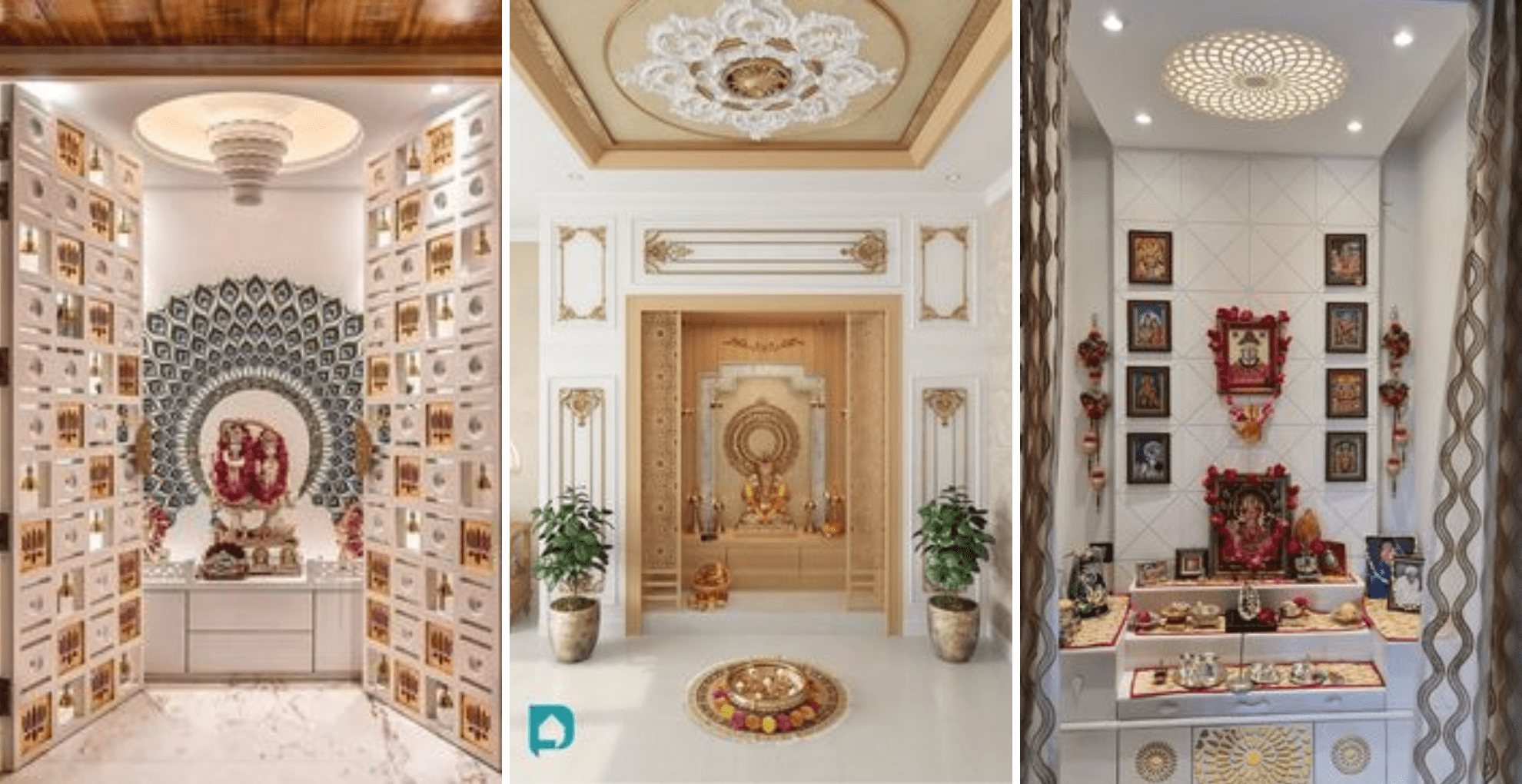
Top 10 Mandir Tiles Design in 2025
The mandir or the in-home shrine occupies a place of integrity and peace in every Indian family. It is a defined area for prayer, meditation and contemplation which signifies peace and connection with the divine. There goes a lot of intricate detail in planning the required environment in a manner where a mandir can be constructed. Tile selection is perhaps one of the most important considerations when creating a mandir. Tiles for mandirs serve an important function where they add beauty to the place while being easy on the modern eyeball.
The Significance of Mandir Tile Design
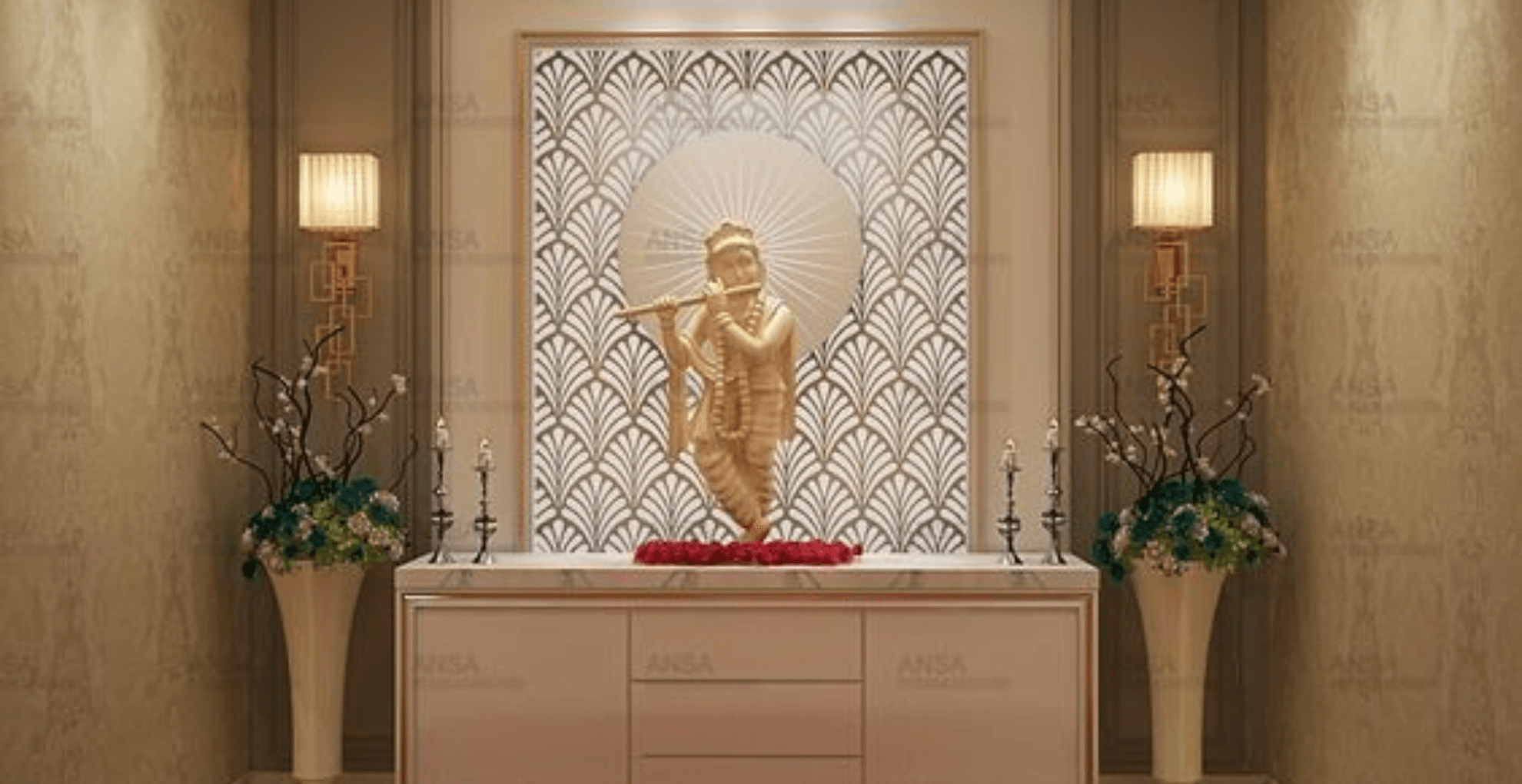
To most, the tiles that go into building a mandir go beyond being just another aesthetic, but instead are symbols of clean, calm and loftiness. Potentially selected tiles improve the integrity of the area, enhancing the overall appearance of the area which entirely goes well with the spiritual purpose of the mandir.
This being a religious place which is often frequented by large groups of people requires ease in maintenance which tiles offer along with protection from damage. This, along with their ability to harmoniously blend with deities, idols, and other things in a mandir from the overall appearance which is soothing to the eye.
Types of Mandir Tiles
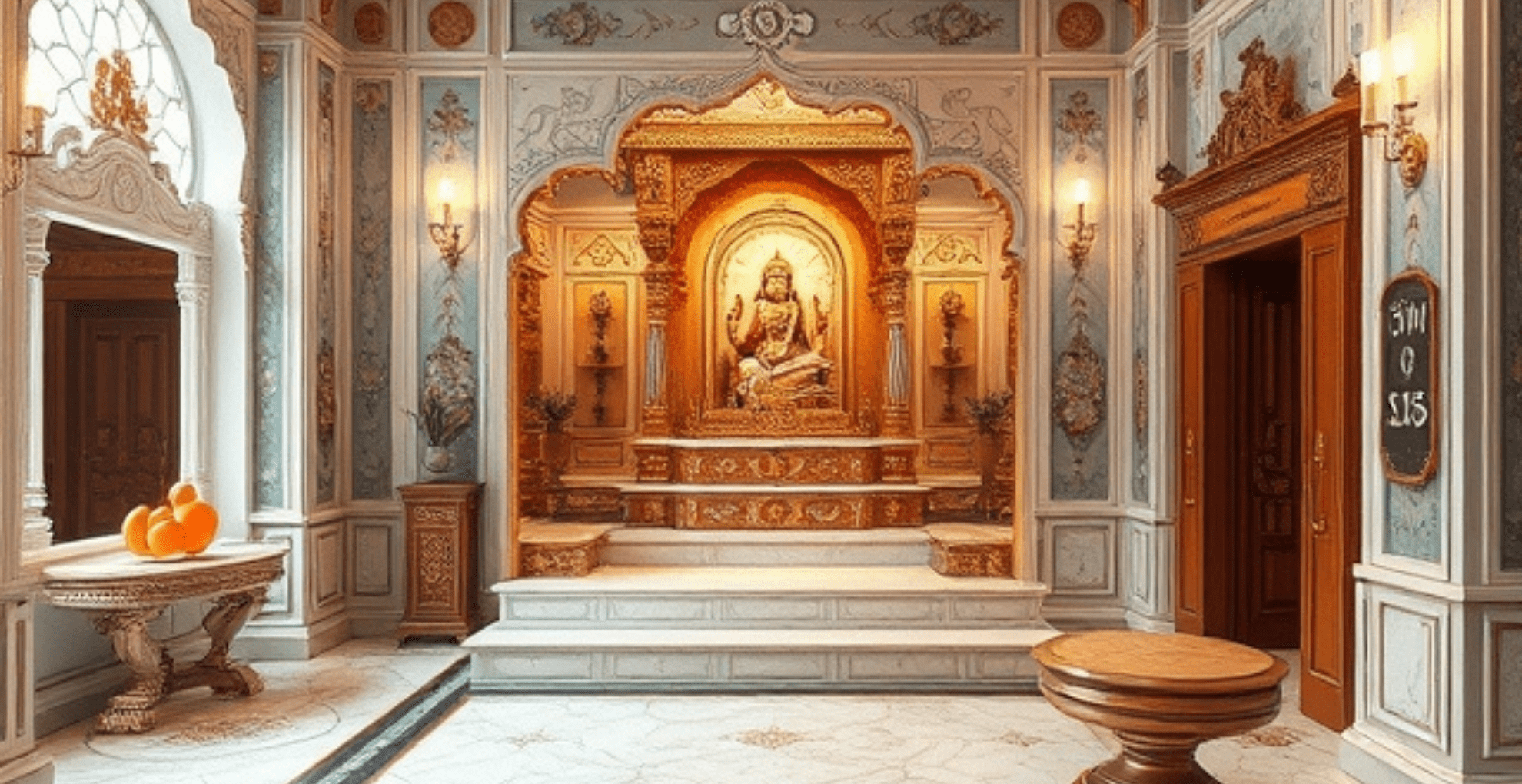
There are a number of options available in the market when it comes to flooring a mandir tile which includes different types of elements and textures. The different types of tiles available in the market can tackle a variety of themes enhancing the beauty and providing the holy essence of the mandir.
- Marble Tiles
Marble has always been a symbol of opulence and spirituality. Marble tiles have a classic allure with a smooth finish and beautifully crafted cuts.
- Pros: fireproof, and visually appealing.
- Cons: Need care, should be cleaned often to maintain the finish.
- Best For: You can use this on floors, walls, and even behind the altar.
- Ceramic and Porcelain Tiles
Range of patterns are integrated into ceramic and porcelain thus making them easy to care for and useful for multiple purposes. The natural stone look or the elaborate pattern look can also be achieved.
- Pros: inexpensive, sturdy, and easy to care.
- Cons: Do have a few weaknesses with time.
- Best For: Creating Laminate Flooring and eye-catching wall features.
- Glass Mosaic Tiles
Mosaic made of glass embellishes the mandir, while at the same time providing a distinct and every ethereal appearance due to its reflective nature.
- Pros: Out of the ordinary look and gives off bright colors.
- Cons: Break easily, and quite pricey.
- Best For: Designing the walls and trims
- Natural Stone Tiles
Granite, slate, and sandstone are used in the tiles that are used to build the mandirs, this helps elevate the overall natural aesthetic.
- Pros: Strong and has a natural look.
- Cons: Quite heavy and might need an expert to do the job.
- Best For: Decoration purpose and providing stability to the alters.
- Patterned and Hand-Painted Tiles
Patterned tiles are typically decorated with traditional icons, floral designs, or other sacred images, which may enhance the personality of the mandir.
- Pros: Creative and rich in culture.
- Cons: Coloring and imagery may wear off due to neglect.
- Best For: Accent walls and altars.
Design Inspirations for Mandir Tiles
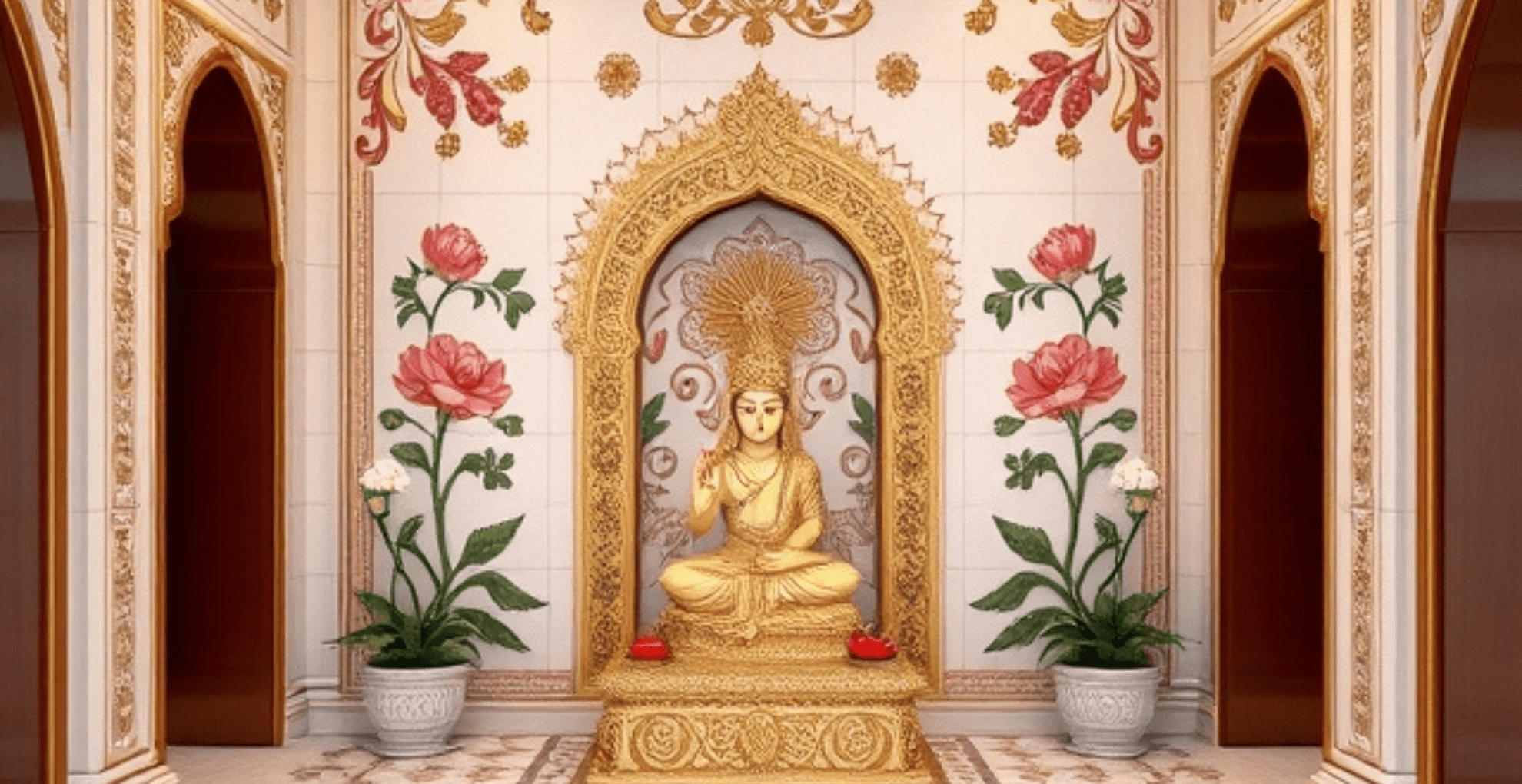
Mandir tile patterns show a perfect union of cultural heritage and modern art skills. Some of the design inspirations to check out when having your mandir built are pointed out below.
- Intricate Floral Motifs
Floral motifs signify purity and development. Tiles that portray flowers liven up a mandir and help bring the feature of the environment into the house.
- Geometric Patterns
Geometric designs that are characteristic of the ancient temple designs give a mandir neatness and symmetry which depicts that it is well balanced and harmonious.
- Divine Symbols and Deity Imprints
Om, Swastik and various deity prints exist and are used on tiles to enhance the divinity perception of the room.
- Gold and Silver Accents
Tiles designed with gold or silver enhance the richness of the temple and highlights its traditional stature.
- Minimalist Designs
Pillared modern-day mandirs are largely minimalistic in design. White chair tiles set in a pastel color pattern do not invade the space’s peace.
Tile Placement and Layout
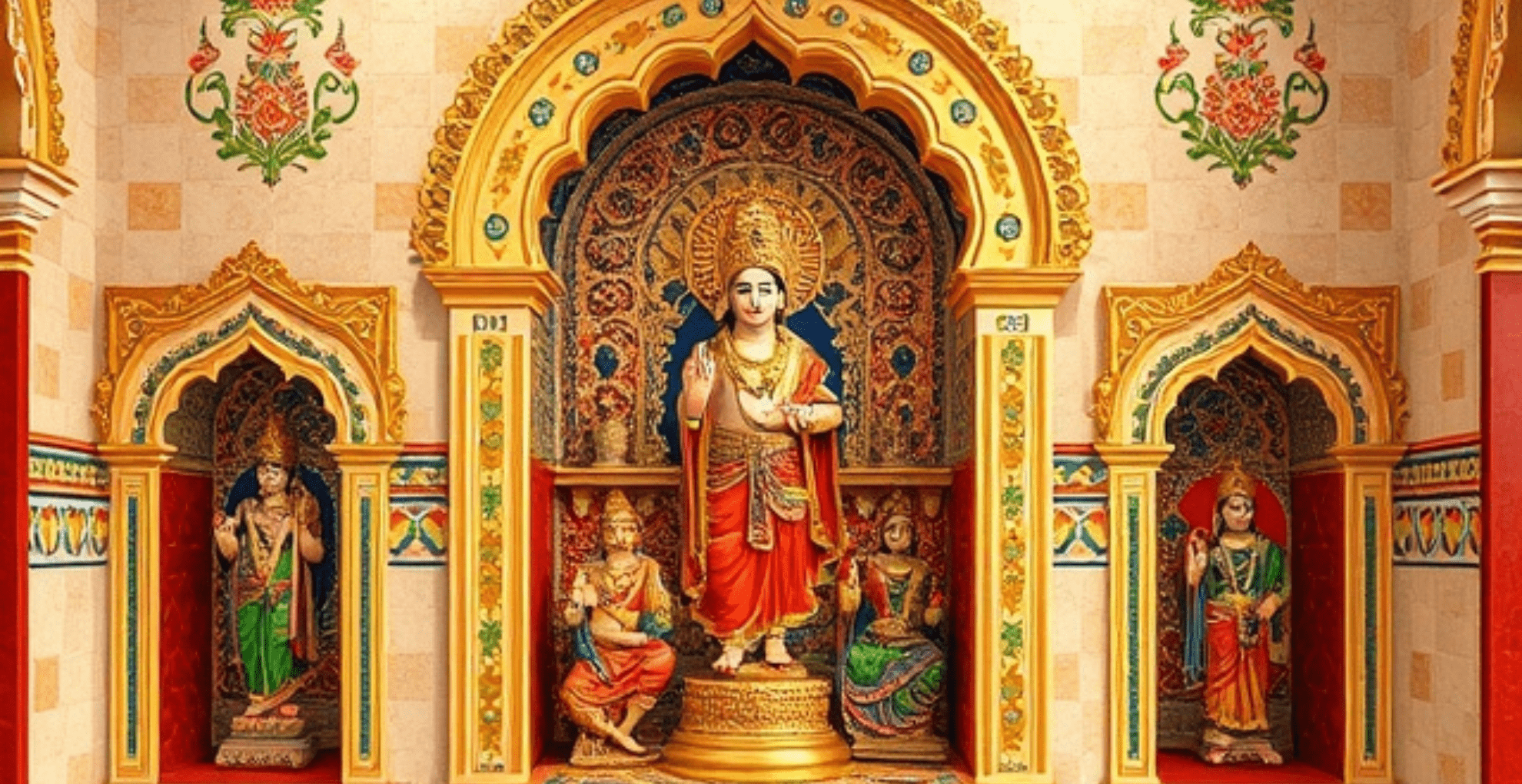
Colorful tiles of various designs can add conspicuity to the mandir while enhancing its functionality. Such tiles can be added to the following positions:
- Flooring: The use of elegant and durable tiles when covering the mandir floor is important as it has to stand wear and tear of use over time.
- Background Wall: The background for the deities or idols can be made more prominent and appealing using decorative tiles.
- Ceiling: Ceilings that have tiles arranged in mosaics or with patterns are not only decorative in the space but also create spatial interest.
- Borders and Niches: Ornamental tiles that border and enclose mandir niches enhance decor of the holly dipensatory.
Color Palette for Mandir Tiles
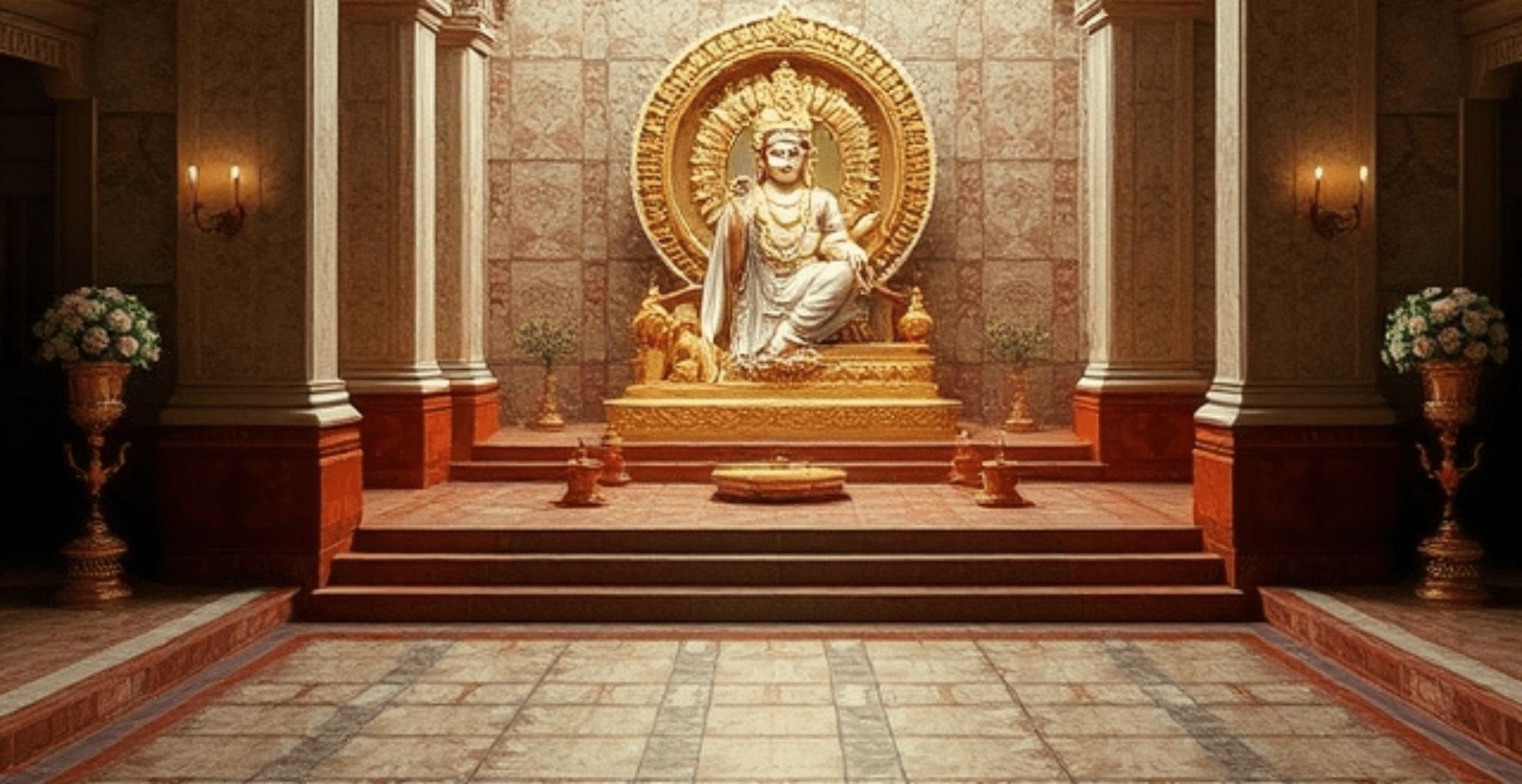
The scheme of colors used on the mandir tiles is very important in determining the atmosphere and the spiritual feel of the sweet. Some include:
- White and Cream: Representations of cleanliness and serenity.
- Gold and Yellow: Honesty and wealth representation.
- Red and Orange: Demonstrations of power and devotion.
- Green and Blue: Calm and development representation.
Customization and Personalization
Samples tiles enable the owner to design the mandir in accordance to his beliefs and how he considers the atmosphere to be appealing. By placing their family names, Mantras or any other symbols of deities on the tiles, they make it original and a meaningful.
Practical Considerations
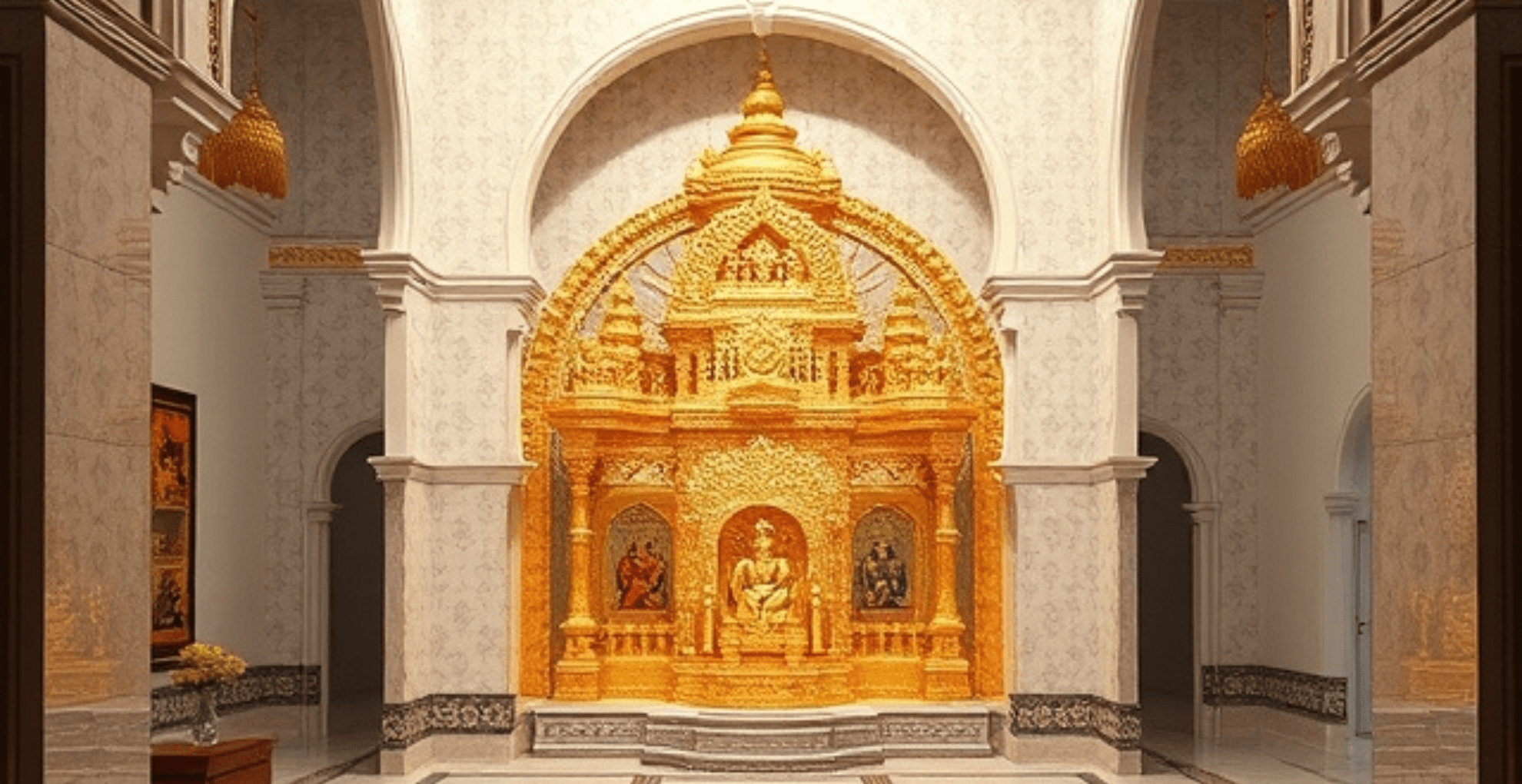
For the mandir tiles, take note of these following considerations that are practical:
- Slip Resistance: For floors, it is best to use non-slip tiles of choosing to make sure users are safe.
- Maintenance: Use tiles which are of easy maintenance and cleaning.
- Lighting: Light reflecting tiles add to the natural and the artificial lighting within the mandir to make it brighter.
- Budget: Look for tiles that meet your budget criteria, but also do not sacrifice quality and elegance.
Conclusion
Mandir tiles begin their journey from ancient times and evolve over the years, incorporating artistry and spirituality. The proper tiles selection can redress an ordinary place, elevating it to a level of tranquility, devotion, and a connection to the supreme. There’s no need to worry whether you want to use some classical materials like marble, or glass mosaics or order custom made hand painted tiles as every single option allows for the realization of a true work of the art characterized with spirituality and beauty. When the mandir is constructed, the combination of materials, the patterns and colors will help to expression of the owner, which can match his faith and exquisite taste.
